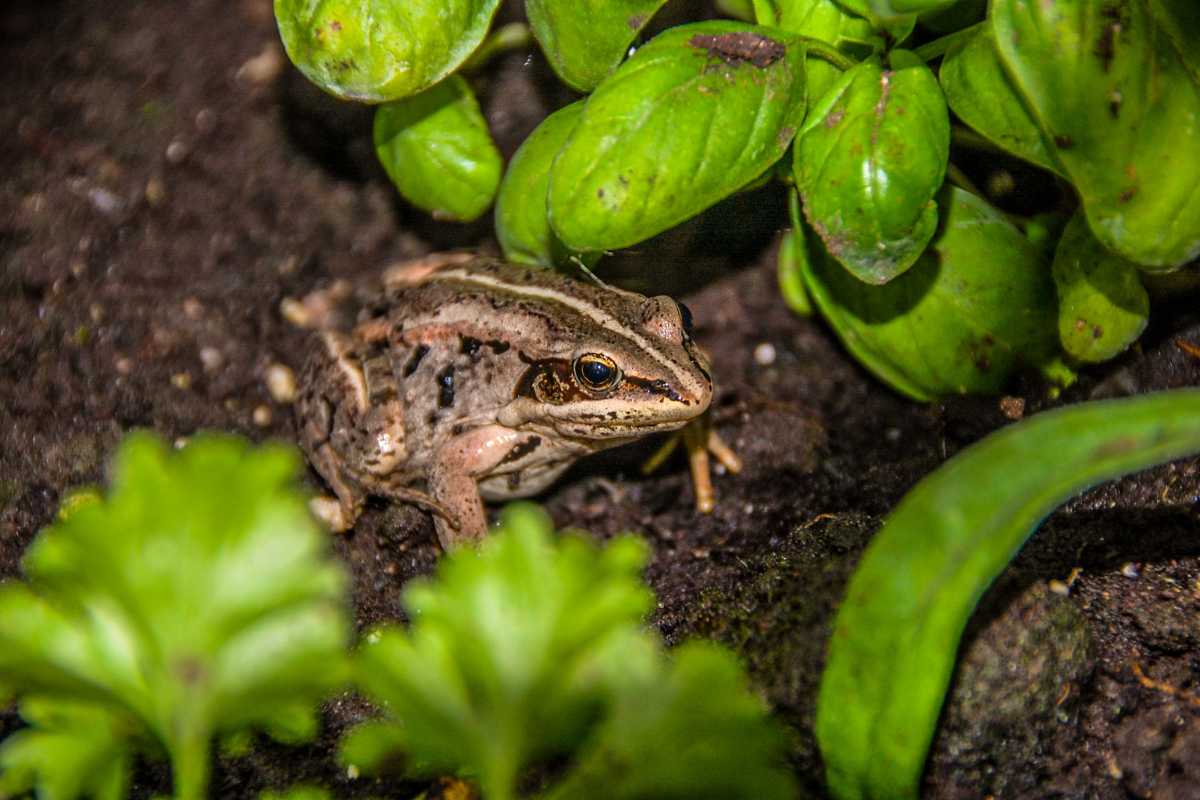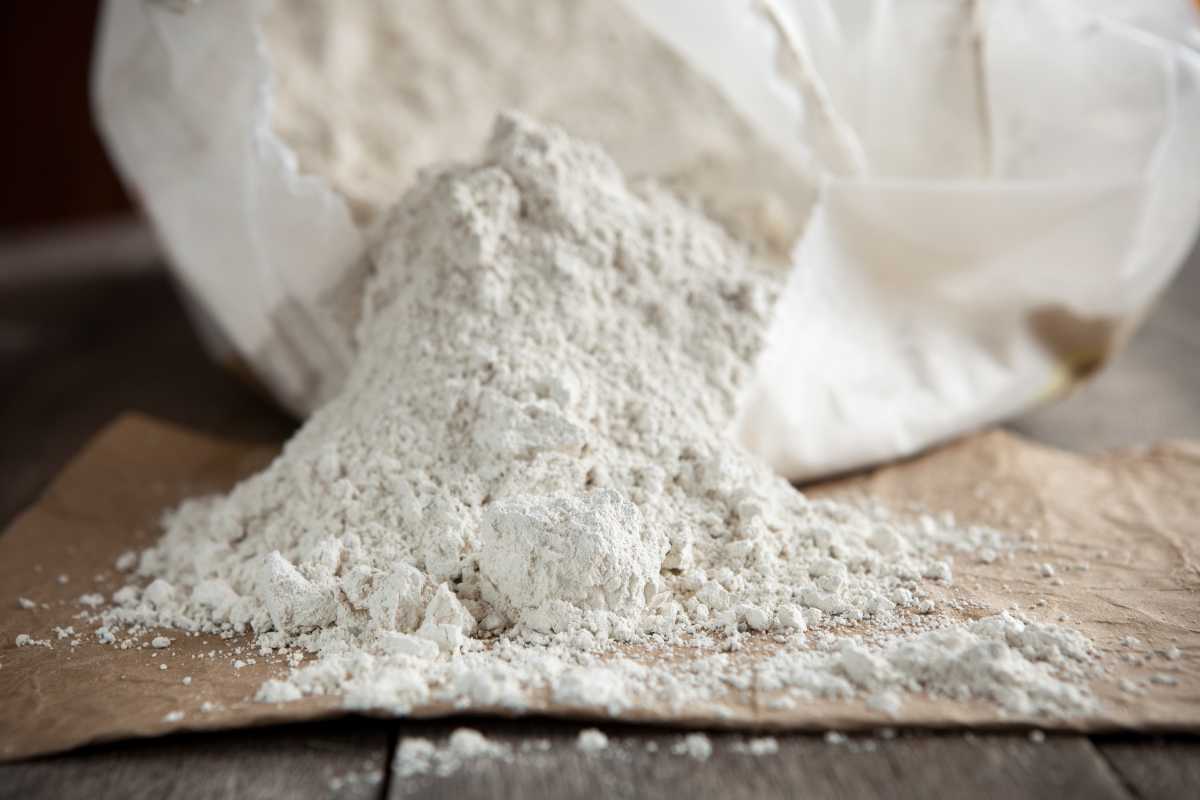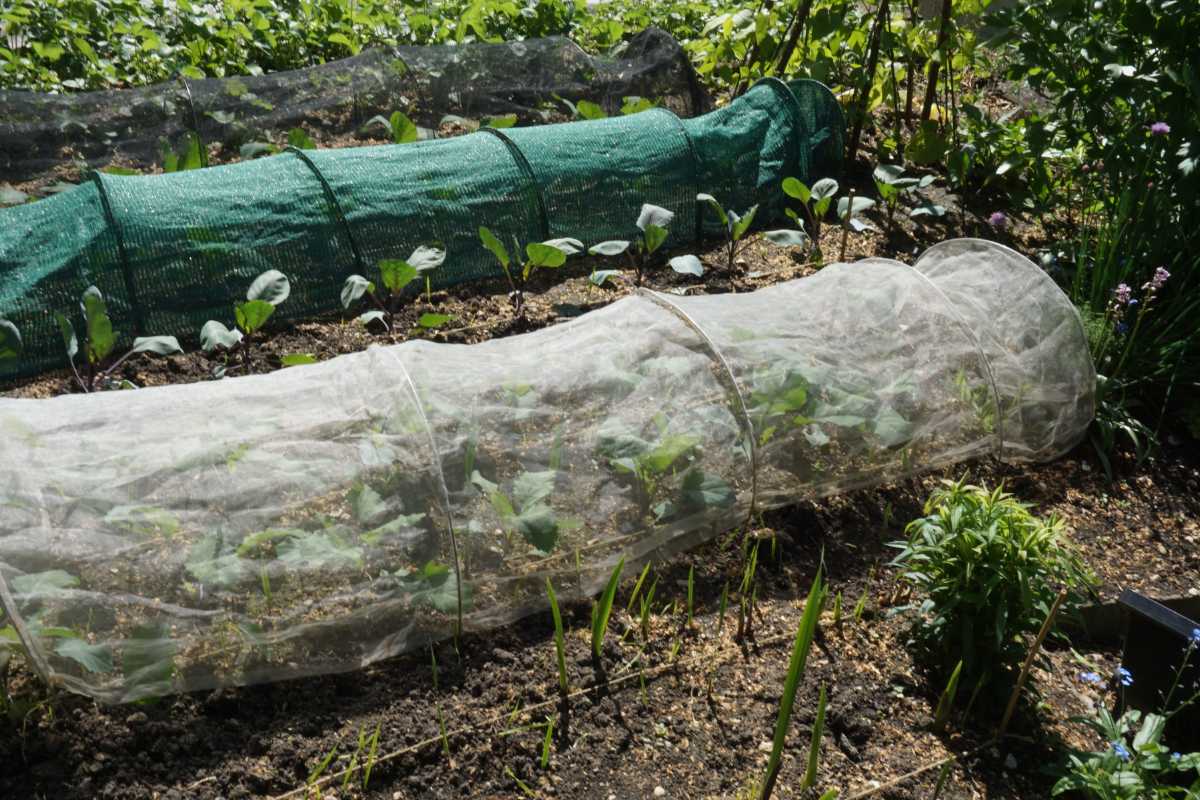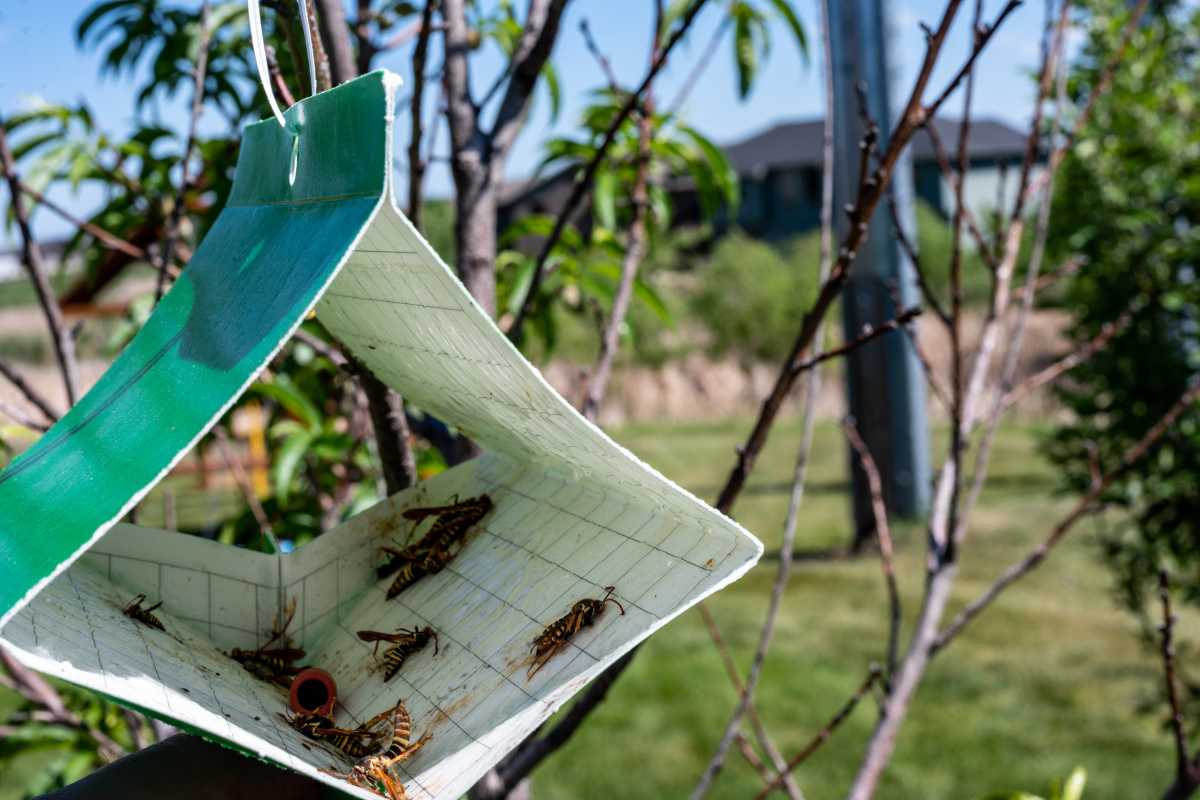Organic pest control goes against the mainstream chemical elimination of pests. The most common reason for not choosing chemical pesticides is that they kill off beneficial insects and wildlife, as well as the unwanted pests that they target.
If you want to have an organic garden, you will have to put up with bugs eating some of your plants, but there is a lot you can do to control the pest population without resorting to chemicals.
The fact that most store brought vegetables should be washed before you use them isn’t due to the dirt that’s on them, but rather the chemicals that they have been sprayed with.
In this article, I’ll discuss organic pest control methods that do actually work in your organic gardens. These methods consist of a mixture of different techniques and solutions.
- Related Articles: Starting Organic Gardens
- Organic Soil for a Healthy Garden
Does Organic Pest Control Work?

In short, yes, organic pest control does work. However, it will require more effort on your part than simply spraying your plants to kill the pests.
Synthetic pesticides will often work quicker than organic pesticides, but with time and patience, organic methods are just as effective, if not more in some cases.
Identifying the insect you wish to deter is the key to organic pest control. It is often insect specific and the method for one pest may not work for another.
Luckily most plants have common pests so by doing your research you can usually prevent a pest build up before it begins.
What Are The Benefits of Organic Pest Control?
Organic pest control means that you will not be harming other wildlife, including beneficial insects and animals. Frogs are a great pest controller for slugs and snails, but if they eat a slug that has been poisoned, then they too will die.
Another benefit is being able to eat vegetables directly from your garden. I love being able to wander around the garden picking and eating peas, apples, and tomatoes without worrying about ingesting chemical contaminants.
Eating straight from the vegetable garden is something loved by organic gardeners. Unfortunately, commercial farming is unable to do that with their large farms.
The reason organic pest control is not favored in factory farming is that is it more labor intensive than chemical pesticides.
A lot of GMO crops are either made with pesticides spliced into their genes or made to withstand the heavy doses of chemicals the plants will be subjected to in the form of pesticides. This is said to lower the cost of farming by eliminating labor, as well as upping productivity.
However, GMO seeds and products can actually be quite costly. Farmers have started to find they are suffering with soil that has been stripped of nutrients, as well as other issues like soil erosion.
11 Organic Pest Control Methods
1. Vigilance
Your main weapon against unwanted pests is your own perseverance. You’ll have to keep a constant eye on your plants and watch for any tell-tale signs of bug damage.
I have been on many a midnight snail hunt, either relocating them onto plants I don’t mind them chewing on or popping them on the compost heap. Snails actually have a homing instinct of sorts, so chucking them over your neighbor’s fence won’t get rid of them for good.
The internet is a great resource for identifying the type of bug you’re dealing with by assessing the damage they are doing as well as tips on how to deal with it.
2. Natural Predators

All insects have natural predators and you will find with organic gardening that an abundance of pests will attract its predators into your garden.
If you want to speed up this process, you can buy all sorts of beneficial pest-eating bugs online. As well as bugs, other beneficial animals include birds, frogs, and toads that will help you keep on top of slugs, snails and other insects.
The easiest way to attract them to your garden is by building a wildlife pond to provide them with a water source.
3. Crop rotation

By rotating crops, you can control pest buildup in the soil. The standard four-year rotation involves having four different sections and then planting different crops in each section each successive year.
If one section had legumes one year, it should be followed by brassicas the next year, then roots, then potatoes, then back to legumes. Roots follows brassicas, potatoes follow roots, legumes follow potatoes, and so on.
However, in a small garden, pests like cabbage moths won’t have to fly far to your new cabbage patch from the last. To deal with them, you can also rotate the time you plant – spring one year, fall the next.
4. Companion Planting
Like crop rotation, companion planting is an age-old method for controlling pests. A common example of this is planting onions and carrots next to each other to deter carrot flies.
It has the added benefit of adding biodiversity to you garden as well as attracting beneficial bugs. Herbs work well for this purpose and there is a wealth of information online about which bugs certain plants deter.
5. Neem Oil
Neem oil is a tree extract that causes insects to grow more slowly. Spray on young pests before you get a major build up.
It works well on Japanese beetles, Mexican bean beetles, Colorado potato beetles, as well as smaller, leaf eating caterpillars and aphids.
6. Diatomaceous Earth

In dry conditions you can sprinkle it around your vegetable to kill off pests. Diatomaceous earth is actually made up of fossilized algae that has sharp edges and so cuts insects which then die a couple of weeks after contact with it.
The particles are small enough that they don’t do any harm to people or pets, but it does also kill beneficial bugs too, so I would only use it in extreme circumstances.
7. Minerals
Minerals like sulfur can help control pests, however, be cautious as it can cause irritation and damage to plants if the conditions are dry.
8. Healthy Plants
There has been a study by Tainio Technologies that suggests plants that are supplied with the correct nutrients are less appealing to pests.
Pests are more likely to go after plants that are deficient of nutrients and/or have a disease. Healthy plants emit an infrared ray at a frequency of 660.
When there’s a lack of nutrients, the frequency is 720 or above, sickly plants emit hydrogen and that tells pests to come and have a feast.
9. Floating Row Covers and Netting

Floating row covers are made of a translucent polyester fabric that allows in 80% of the sunlight and is great for keeping pests away from your young plants.
Some heavier varieties can also trap heat, allowing you to plant earlier and extend the growing season. However, remember to uncover plants that are insect pollinated once they’re flowering.
Bird netting can be used to cover cherry and fruit trees to deter birds. Make sure you put it on after the blossom has fallen and take it off after you’ve picked your fruit.
Otherwise, the branches can grow through the net and the next year all the best fruit will be inaccessible.
10. Pheromone Traps

You can buy various pheromones to trap insects, but these should really be only used as an early warning sign of an infestation as they will only trap male insects.
If your traps are looking full, think about using row covers or start looking for natural predators you can buy online.
Pheromone traps are good for cutworms, diamonbackback moths, moths, armyworms, corn earworms, tomato pinworms, and cabbage loopers.
11. Organic Pesticides
There are organic pesticides on the market, although personally I’m not too keen on them. The most popular are Spinosad, Rotenone, Pyrethrin and Bacillus Thuringiensis.
Despite being organic some of these pesticides can also be damaging to other wildlife. In particular, Spinosad and Rotenone.
Spinosad can be highly toxic to bees. The toxicity does diminish once it has dried on the plant, so it is recommended to apply in the evening when bees are not active to allow the product time to dry.
Rotenone is highly toxic to fish and other aquatic life, so is not recommended if you live near a waterway. Rotenone can also be hazardous to humans, especially through inhalation of its powdered form, so if you choose to use it exercise caution .
Pyrethrin is naturally occurring in chrysanthemum flowers and is considered to be among the safest insecticides you can get due to its ability to break down rapidly.
However, it can be a skin irritant, causing numbness or tingling, and some people have also reported irritation of airways and difficulty breathing.
Bacillus Thuringiensis is the best of the bunch. It is a bacteria that lives in the soil and makes proteins that are toxic to some insects and not others. The proteins cannot be activated by humans and other mammals and so it is completely safe for us and our pets.
You can get all different types that target different pests, although try to target the spray, as it will kill all butterfly larvae and not just the ones that are eating your brassicas.
Final Thoughts on Organic Pest Control
Organic pest control is just that – control. Don’t expect to eliminate pests completely.
In my opinion, I think it is worth a few nibbled leaves to be able to have all those wonderful pollinators and other wildlife roaming your garden. Plus those natural predators still need a food source to keep them coming back.
I personally don’t use any pest control in my garden other than natural predators and vigilance. Does this mean I’ve occasionally had to pick a worm out of an apple or plum I’m eating…yes, absolutely. Do I mind? Not in the slightest.
Check out these articles for more in-depth coverage:
Sources:

